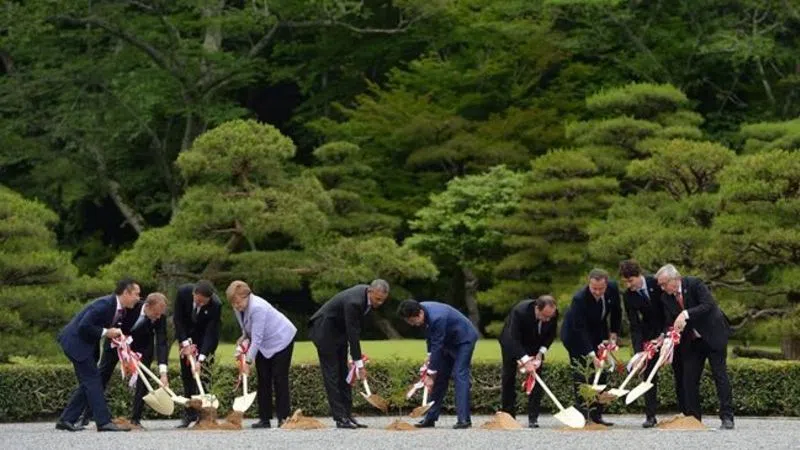
Green economy think tank gives thumbs up to tree planting promise
OTTAWA — A green economy think tank at the University of Ottawa says the federal government’s promise to plant two billion trees over the next 10 years is a cheap way to pull greenhouse gases out of the atmosphere.
Prime Minister Justin Trudeau promised during the election campaign to spend $3 billion on land and water conservation projects between now and 2030. Among those projects will be planting two billion additional trees.
The promise was met with some eye rolls as different parties kept upping the ante on tree planting, including the Green party’s pledge to plant 10 billion trees by 2050.
But a government official in Environment Minister Jonathan Wilkinson’s office said negotiations are underway with New Brunswick and other provinces to get new tree planting programs started as early as possible next year.
